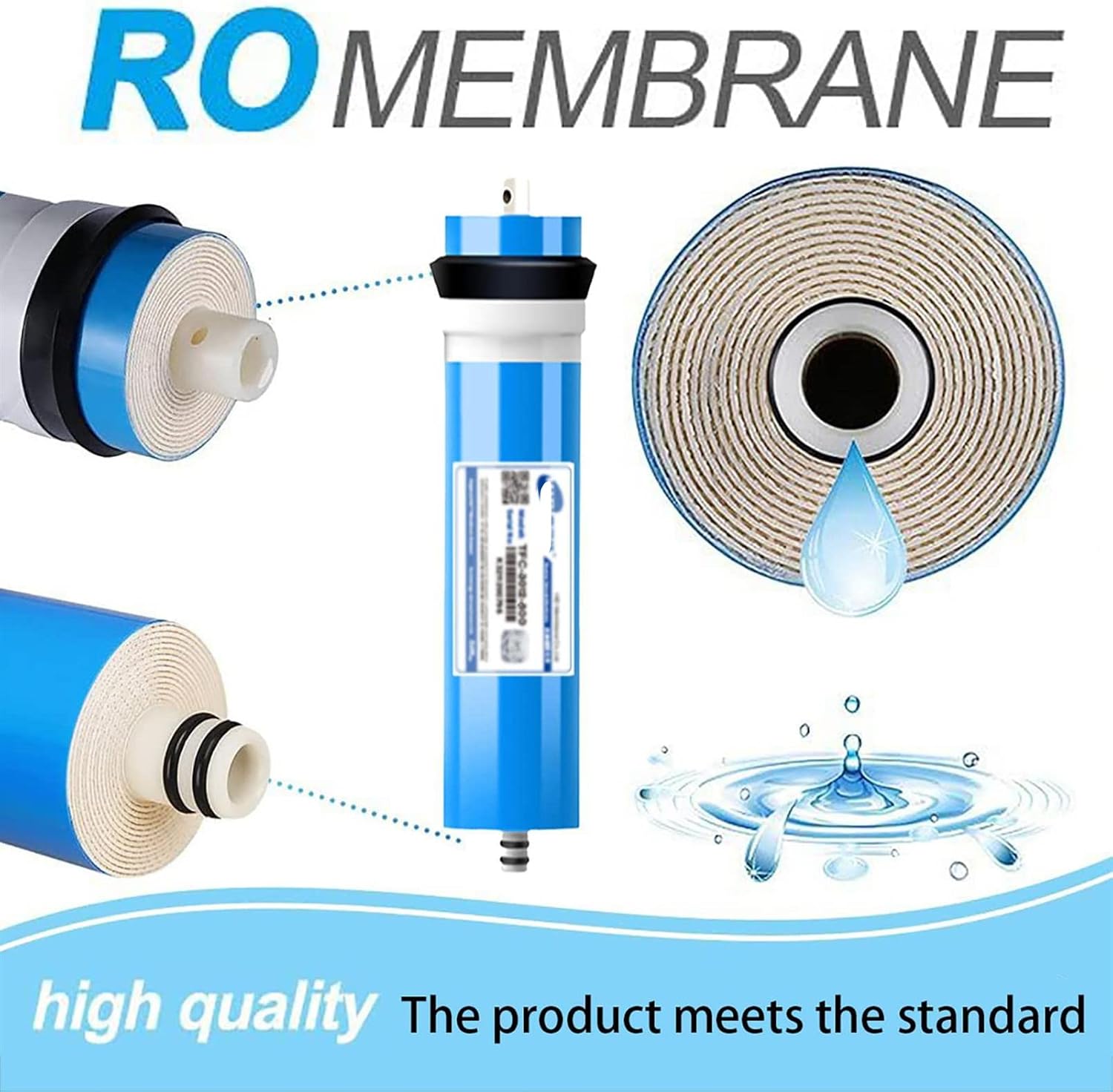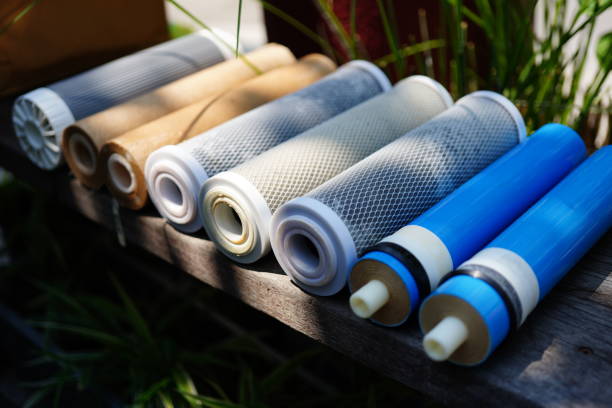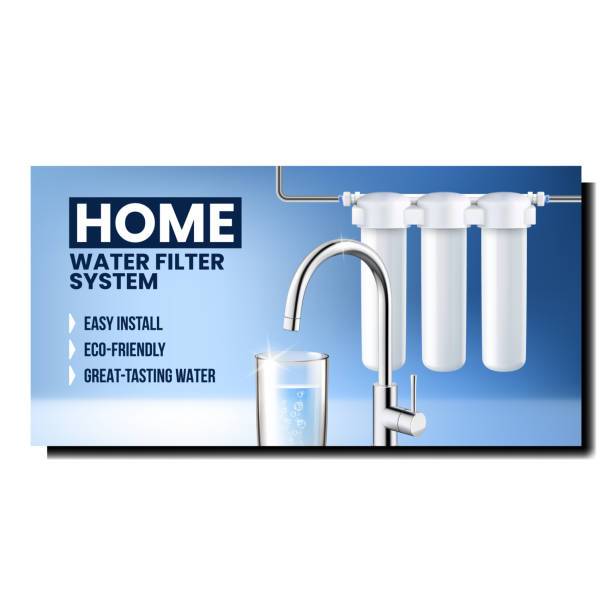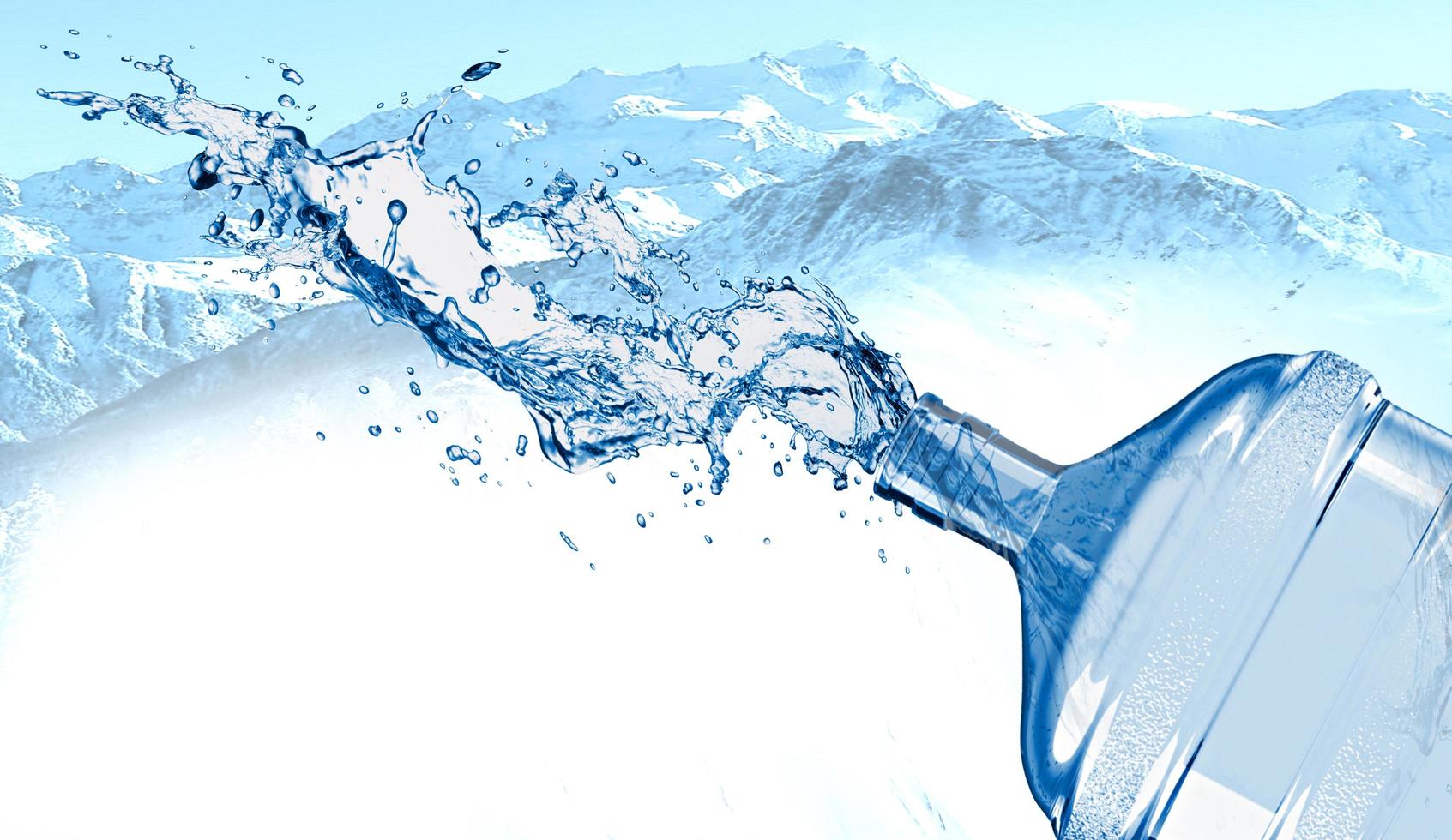 Trivia丨Extend the life of the RO membrane 6 practical tips
Trivia丨Extend the life of the RO membrane 6 practical tips
Apr .29.2025
As the “heart” of the water purifier, the RO membrane directly determines the water quality and the cost of replacing the core (the price of a single unit is usually in the range of 50-120 U.S. dollars). But 90% of users do not know: scientific maintenance can make RO membrane life 1-2 years longer! Today we are from 5 key dimensions, hand in hand to teach you to guard this “water purification engine”.
 Why is your membrane product losing treatment capacity and needing frequent replacement?
Why is your membrane product losing treatment capacity and needing frequent replacement?
Apr .29.2025
After the membrane system has been running for a period of time, sometimes the treatment capacity decreases significantly and fails to reach the designed capacity. The reasons for this phenomenon are mainly related to the working environment of the membrane system, selection and design, installation and construction, operation and management, and the performance of membrane products.
 Filter cartridge overdue for use? Water purifiers may be ‘feeding bacteria’!
Filter cartridge overdue for use? Water purifiers may be ‘feeding bacteria’!
Apr .28.2025
Friends, how long has your water purifier filter not been changed? Is not think as long as there is clean water flow out, is equal to everything is fine? In fact, this idea really have to change! Because the water purifier is not a ‘perpetual motion machine’, the cartridge is its core components, once the overdue use, not only lose the filtering function, but also may become a breeding ground for bacteria.


 Trivia丨Extend the life of the RO membrane 6 practical tips
Trivia丨Extend the life of the RO membrane 6 practical tips
 Why is your membrane product losing treatment capacity and needing frequent replacement?
Why is your membrane product losing treatment capacity and needing frequent replacement?
 How much of a difference is there between drinking the same water, using a water purifier and bottled water?
How much of a difference is there between drinking the same water, using a water purifier and bottled water?
 Filter cartridge overdue for use? Water purifiers may be ‘feeding bacteria’!
Filter cartridge overdue for use? Water purifiers may be ‘feeding bacteria’!